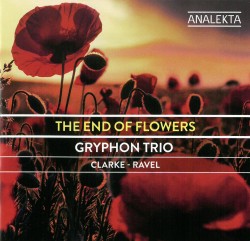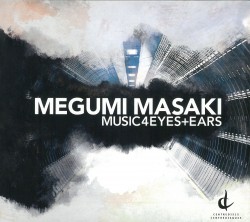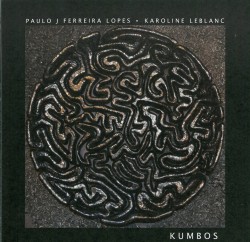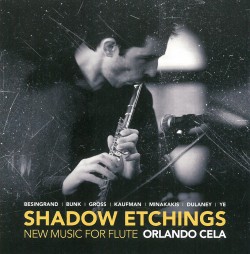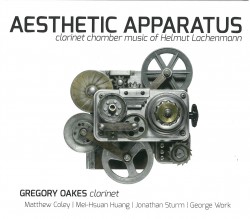John Beckwith – Calling: Instrumental Music 2006-2016 - Various Artists
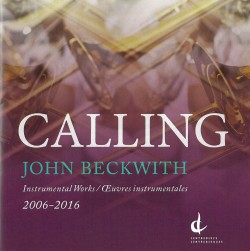 John Beckwith – Calling: Instrumental Music 2006-2016
John Beckwith – Calling: Instrumental Music 2006-2016
Various Artists
Centrediscs CMCCD 24917 (musiccentre.ca)
Canadian composer, music educator and writer John Beckwith segued into his tenth decade last year with a fertile 70-year back catalogue, which includes well over 130 major compositions covering solo, choral, stage, orchestral and chamber genres. Calling, an album of his newest instrumental works, demonstrates that his inquisitive sonic imagination and desire to express it with both conventional and unconventional instruments and unusual sound textures shows no signs of ebbing. Let’s listen in on just two of the seven works therein.
A choice example of Beckwith’s exploration – framed within a modernist aesthetic – is his Fractions (2006), scored for Carrillo piano and string quartet. With 97 keys packed within its single octave, the Carrillo piano is tuned in 16th tones. While it looks like a conventional upright, it certainly doesn’t sound like one. In Fractions, linear melodies snake expressively, almost appearing to pitch bend over the dramatic gestures and elegiac statements provided by the Accordes String Quartet. Heightening the microtonal tension even more, two members of the quartet tune their instruments a quarter tone higher than the other two. The result is a compelling and sometimes haunting listening experience.
Quintet (2015) also questions conventional instrumental groupings. Beckwith scores it not for a standard woodwind, brass or string quintet, but rather opts for a mixed ensemble: flute, trumpet, bassoon, viola and string bass. Performed by members of Toronto’s venerable New Music Concerts, the oft jaunty work satisfyingly completes this musical survey by a composer in his prime.


